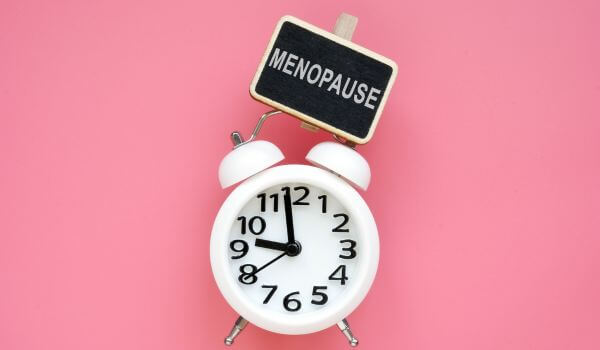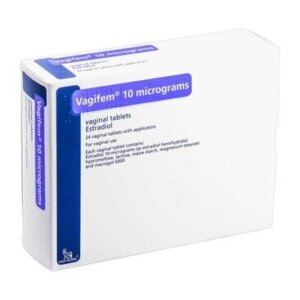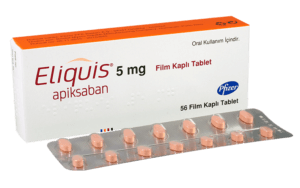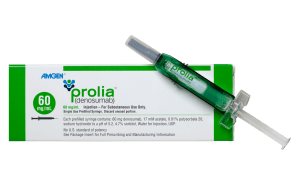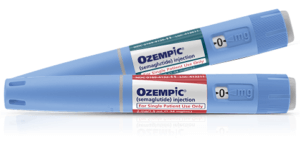 A new study by ophthalmologists suggests that drugs based on GLP-1 receptor agonists (GLP-1RAs), like Wegovy, Mounjaro, Saxenda, Rybelsus, and Ozempic, which were originally designed to control blood sugar levels in people with type 2 diabetes, may also protect against a number of eye conditions. Research into the use of GLP-1 drugs for glaucoma found that these drugs could lower the risk of both dry and wet age-related macular degeneration (AMD) and primary open-angle glaucoma (POAG) as a person ages. Interestingly, they work better in reducing these risks compared to commonly used medications like metformin or statins. The study focused on overweight individuals without diabetes, showing potential benefits beyond their original purpose. Let’s take a look at the findings.
A new study by ophthalmologists suggests that drugs based on GLP-1 receptor agonists (GLP-1RAs), like Wegovy, Mounjaro, Saxenda, Rybelsus, and Ozempic, which were originally designed to control blood sugar levels in people with type 2 diabetes, may also protect against a number of eye conditions. Research into the use of GLP-1 drugs for glaucoma found that these drugs could lower the risk of both dry and wet age-related macular degeneration (AMD) and primary open-angle glaucoma (POAG) as a person ages. Interestingly, they work better in reducing these risks compared to commonly used medications like metformin or statins. The study focused on overweight individuals without diabetes, showing potential benefits beyond their original purpose. Let’s take a look at the findings.
What is glaucoma and what causes it?
Glaucoma occurs when increased pressure inside the eye from fluid damages the optic nerve, leading to vision loss or even blindness if left untreated. This damage usually happens gradually, so many people do not notice any changes in their vision until significant deterioration has occurred. Once diagnosed, treatment can help slow or prevent further vision loss.
There are two main types of glaucoma: open-angle glaucoma, where fluid builds up despite open drainage pathways, and closed-angle glaucoma, where the drainage pathways narrow or close, causing a rapid increase in pressure that may result in eye pain and sudden vision loss. Glaucoma can also be classified as primary, where the cause is unknown, or secondary, where it results from another eye condition, such as surgery, trauma, medication, or disease.
Who is at risk of glaucoma? 
People are more likely to develop glaucoma if they have some risk factors. These include genetics, if there is a close family member with glaucoma, high eye pressure, having diabetes, or being over the age of 50. Vision issues, such as being short-sighted or long-sighted, can also increase the risk. Additionally, prolonged use of steroid medications, having fluctuating blood pressure, or frequent migraines may contribute to the person’s susceptibility to developing the condition. A history of eye surgeries or injuries can also make a person more susceptible.
How do GLP-1s affect the eyes?
Researchers are still figuring out exactly how GLP-1s influence the development of glaucoma, but some studies have provided useful information. These drugs seem to protect retinal ganglion cells by reducing signals that cause cell death, and increasing signals that prevent it. Since damage to retinal ganglion cells and their axons is a key part of glaucoma, slowing this damage could help reduce the progression and severity of the disease. The study also found that GLP-1s may lower inflammatory and oxidative stress markers, which are linked to glaucoma.
Another possible explanation is that the weight loss caused by GLP-1s might be linked to lower intraocular pressure (IOP). However, in the study of the use of GLP-1 drugs for glaucoma, changes in body mass index were not clearly tied to changes in IOP, and the study did not include enough participants to make a definitive conclusion.
What were the results of the study?

GLP-1 drugs for glaucoma have shown promising results in reducing the risk of developing age-related macular degeneration (AMD) compared to several other treatments. In addition to these findings, GLP-1s were also linked to a lower likelihood of developing exudative AMD, a more severe form of the disease. Similarly, people taking GLP-1s were found to have a reduced risk of primary open-angle glaucoma, compared to those using insulin. These results suggest that GLP-1s may be useful in protecting against some eye diseases, offering benefits that extend beyond their primary purpose.
How soon can we see approval for GLP-1 drugs for glaucoma treatment?
While further research is needed, there is growing evidence that GLP-1s may be a promising treatment option for glaucoma. Currently, there are ongoing clinical trials studying the effectiveness of GLP-1s specifically for treating glaucoma. If these studies show positive results, we could see GLP-1s being approved for glaucoma treatment in the near future.
FAQs
Does semaglutide affect glaucoma?
Semaglutide, available in both injectable and oral forms, shows potential as a GLP-1 receptor agonist that could work alongside traditional treatments for lowering intraocular pressure (IOP). This combination may help slow the progression of glaucoma.
What can repair the optic nerve?
The optic nerve is a critical connection between the eye and the brain. Currently, there are no effective treatments available to restore nerve cells or rebuild the lost connections once the optic nerve is damaged.
Which drug should not be used in glaucoma?
Some medications can contribute to or worsen glaucoma symptoms. People with glaucoma should be cautious about using drugs like anticholinergics, corticosteroids, and medications containing sulfa. Additionally, some over-the-counter cough and cold medicines may aggravate symptoms, making it important to consult a healthcare professional before taking these products.
Will Ozempic raise blood pressure?
Ozempic (semaglutide) is generally known to lower blood pressure rather than raise it. Studies have shown that semaglutide can significantly reduce blood pressure in individuals, whether their blood pressure was slightly elevated or within the normal range to begin with.
Can glaucoma be reversed?
Glaucoma causes permanent damage to vision, but with proper treatment and routine checkups, its progression can often be slowed or even stopped. Early detection is especially important, as it increases the chances of preventing significant vision loss. The main goal of glaucoma treatment is to reduce the pressure inside the eye to protect against further damage.



